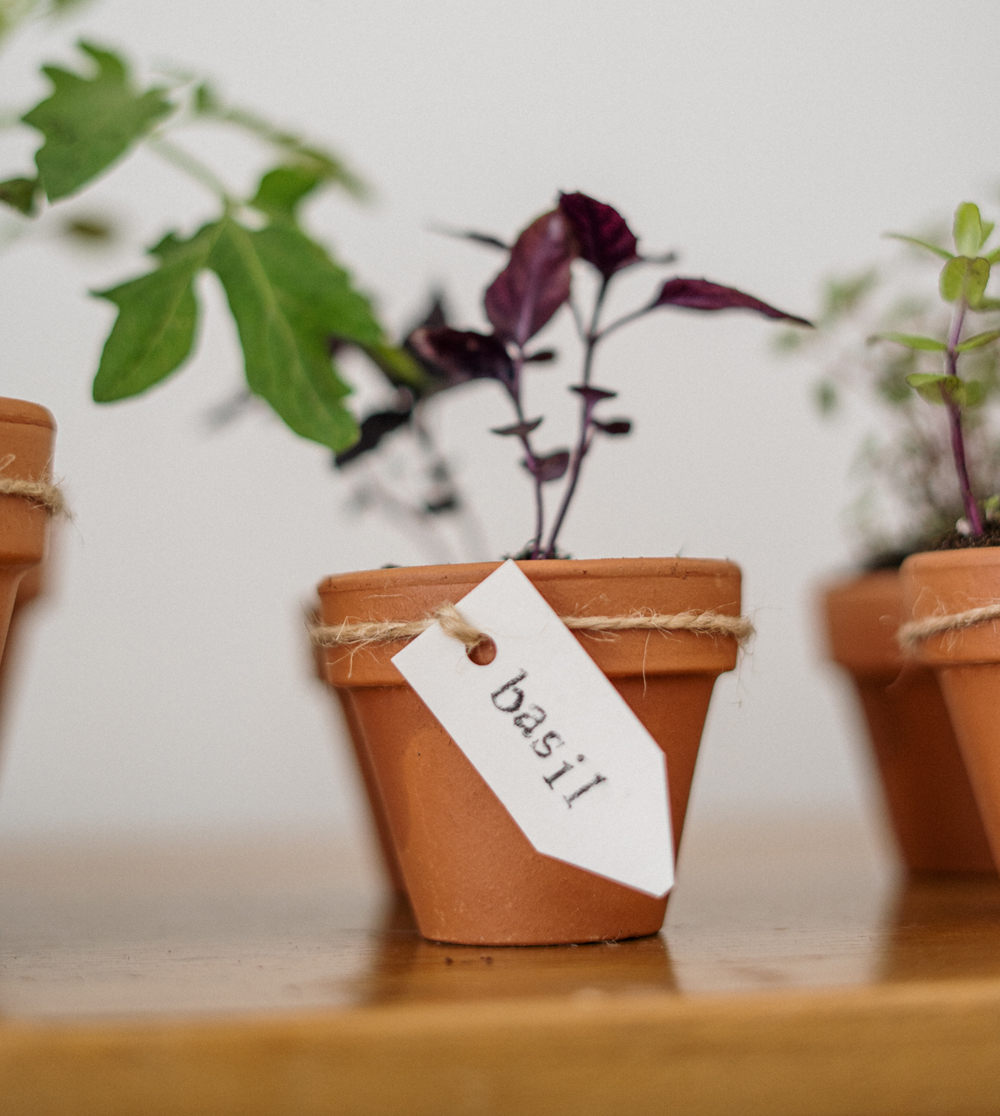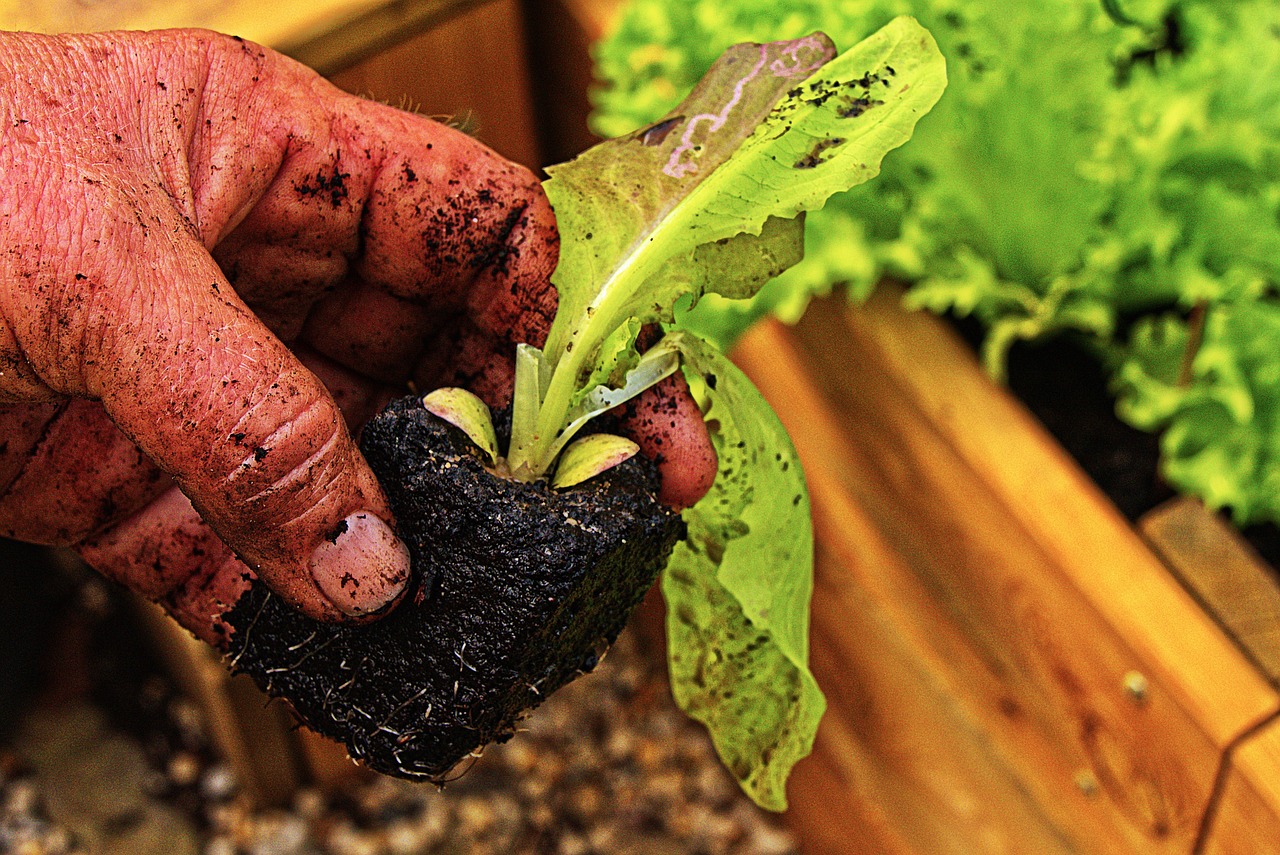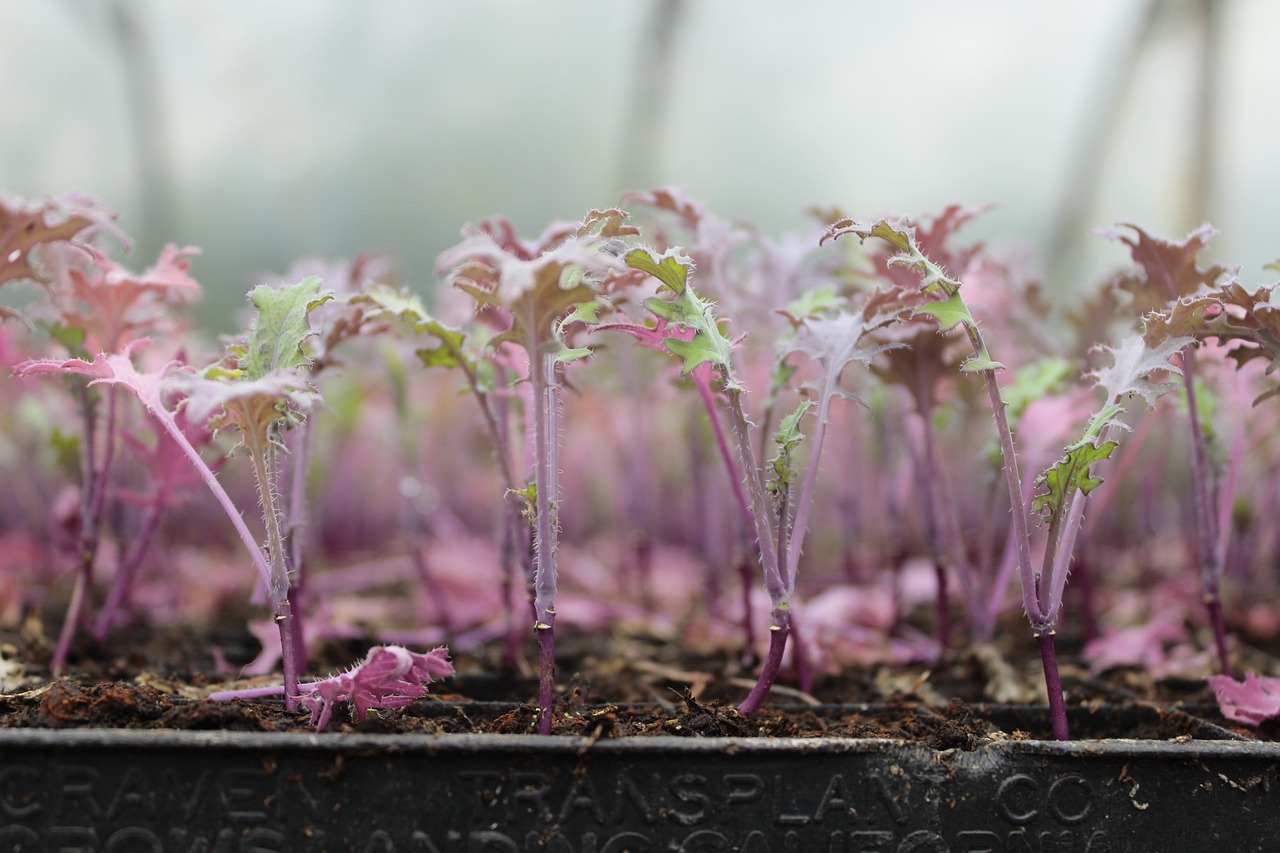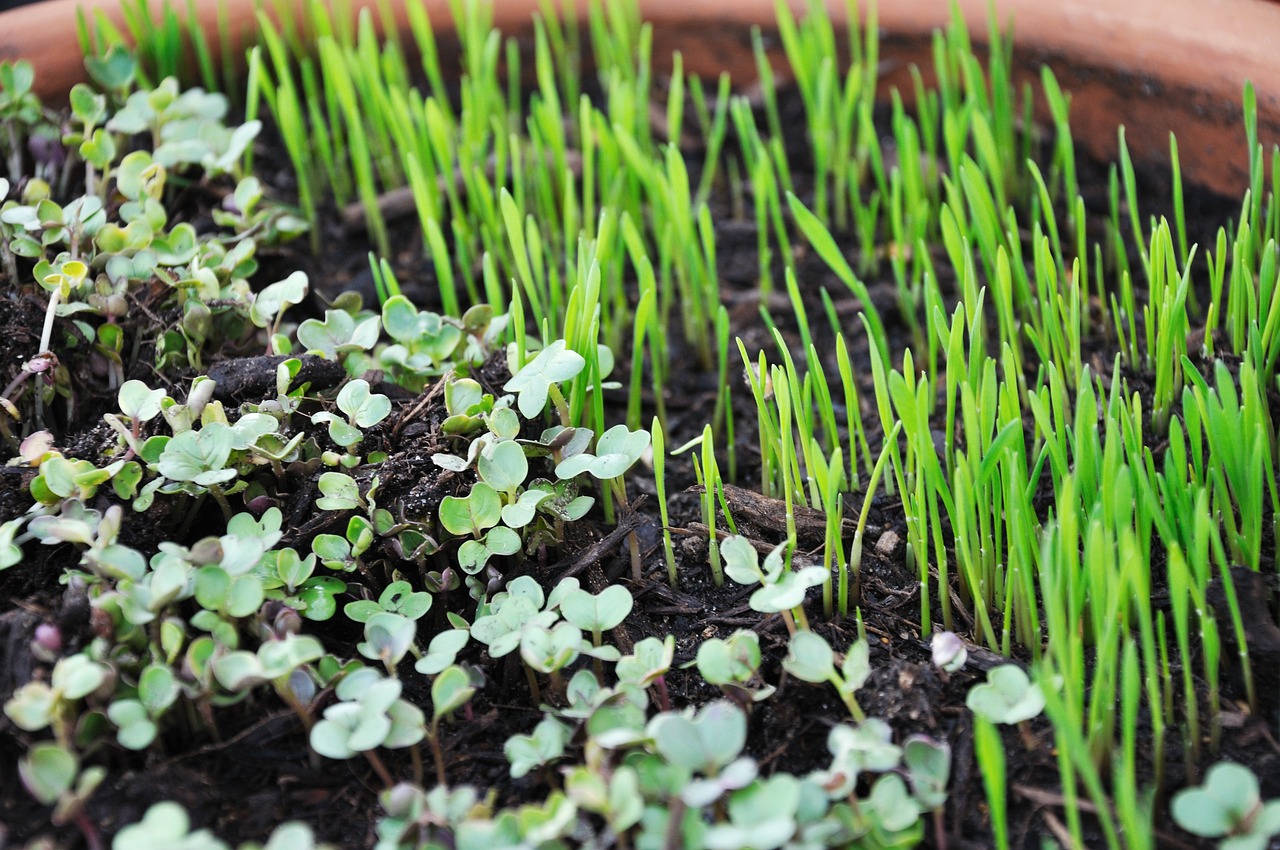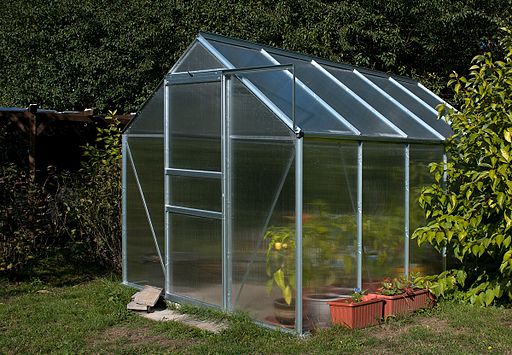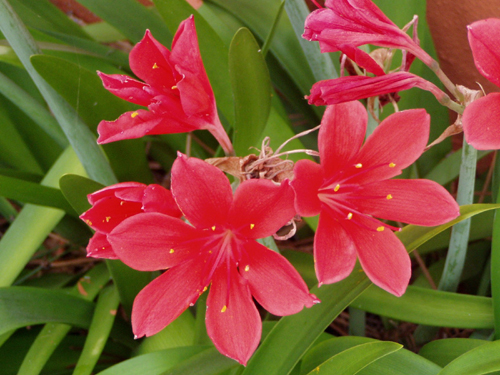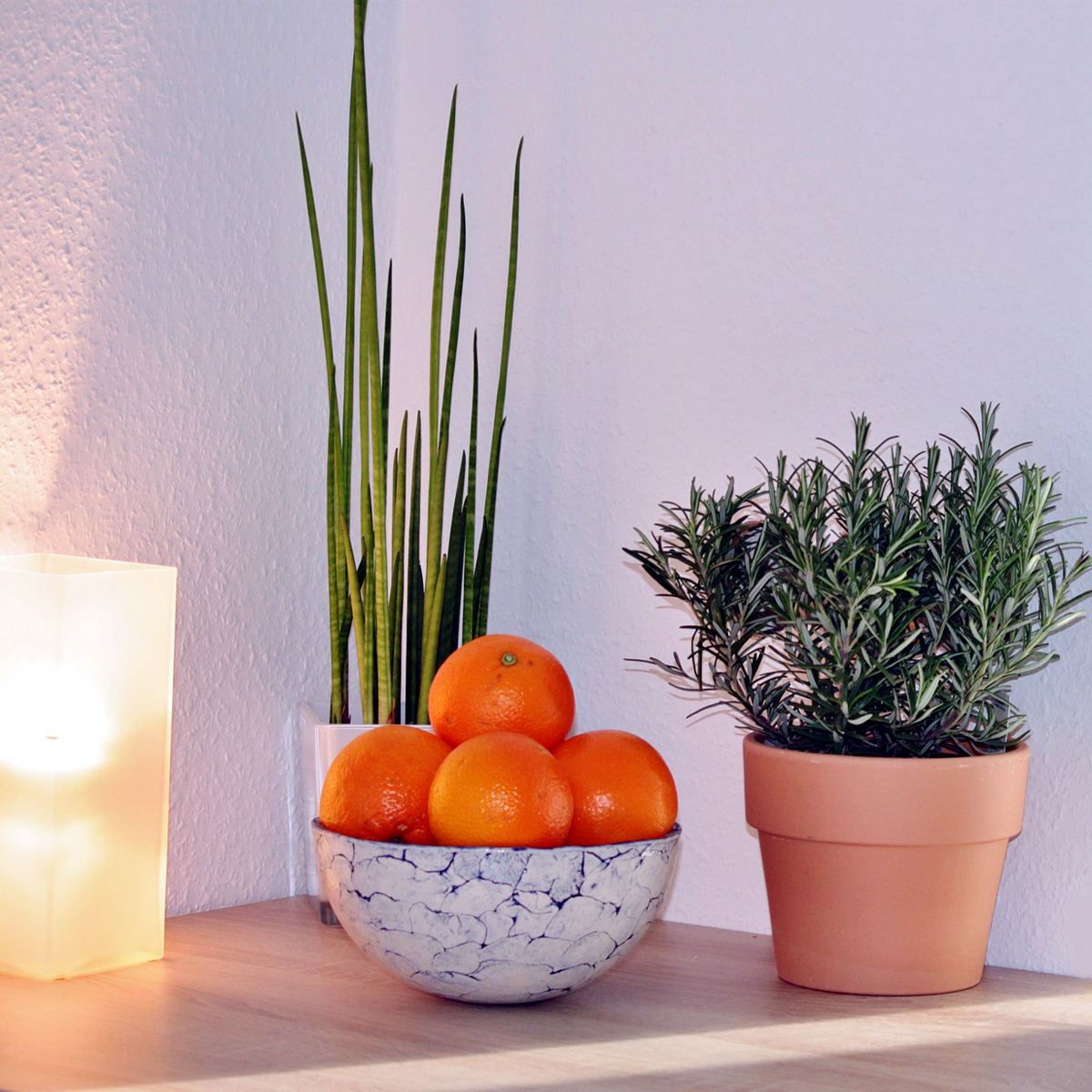How to Grow Swiss Chard Indoors
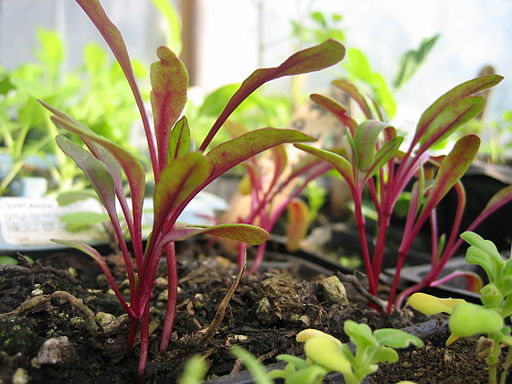
When you’re short on space but high on ambition for vegetable garden, the best way around is to go for indoor gardening. That’s why, learning how to grow Swiss chard indoors is good idea if you have a particular fondness for this vegetable. And fortunately, it is just as easy, perhaps even easier, to grow Swiss chard indoors compared to your yard.
Aside from saving on space, there are also other benefits of indoor gardening which you can use to your advantage. whereas, outdoor gardening can be pretty limited only after winter, you can always maintain an indoor garden all year round.
But, of course, there are several steps and preparation you have to undergo to be able to enjoy high quality produce from your garden. Detailed below are the practical steps you can follow:
1. Select a place in your house where it will be convenient and ideal to place your plant. Of course, considerations like sun exposure as well as watering has to be kept in mind.
2. Prepare the containers that you’re going to use for this project. You can buy plant containers readily available in the market these days or you can use any container which you can holes into and with an ideal depth for growing Swiss chard.
3. Prepare the soil you’re going to use as well. Make sure that the soil has a pH of at most 7.0 and not less than 6.5. Additionally, you have to ensure that it is also rich in nutrients. Apply organic fertilizers or mix some compost to achieve this. Rich soil will result to high quality yield.
4. Sow the seeds at most half an inch from the surface. Water the plant moderately. And if for some reason, you cannot expose the plant long enough to sunlight, you can always have some artificial lights installed.
5. Be on the lookout for common pests and disease that could attack your plant. Though pests is not so much an issue with indoor gardening, still you need to be aware beforehand of the possible problems you may have to deal with. Cercospora leaf spot and viral disease are common examples of this.
6. When the sizes of the leaves grow to be 8-10 inches, you can now harvest it by cutting the leaves. Or you also have the option of cutting the entire stem just a little above the soil level leaving the plant to grow and give you another season of harvest.
The Author:
StartaGarden

